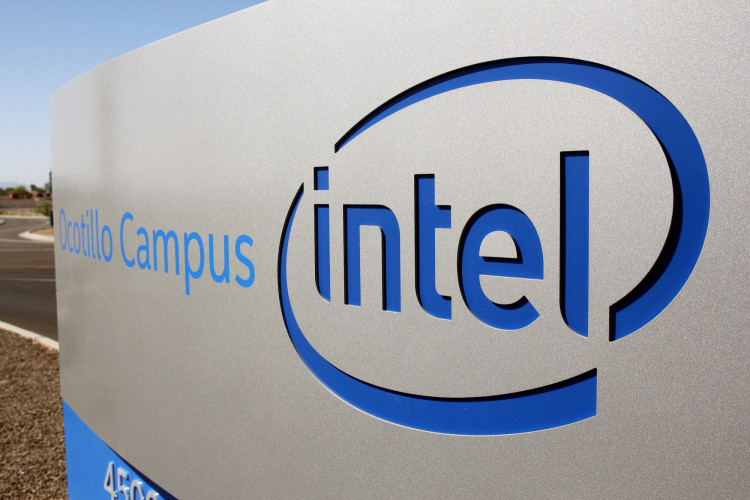Intel Corporation, a key player in the semiconductor industry, experienced a significant drop in its stock value following a disappointing outlook for the first quarter of 2024. This development came as a surprise to investors and analysts alike, as the company's projections fell considerably short of market expectations.
For the first quarter of 2024, Intel has forecasted adjusted earnings per share of $0.13, starkly lower than the $0.34 anticipated by analysts, according to Bloomberg data. The company's revenue projection for the same period is estimated to be between $12.2 billion and $13.2 billion, whereas the market had expected figures closer to $14.2 billion.
Despite surpassing analyst expectations in the fourth quarter with adjusted earnings per share of $0.54 and revenue of $15.4 billion, Intel's future outlook has raised concerns. This forecast indicates a potential slowdown or challenge in the market, diverging from the previous trajectory of growth that the company had been on.
Intel's Chief Financial Officer, David Zinsner, stated that the company had "comfortably achieved" its goal of delivering over $3 billion in cost savings in 2023. However, this achievement is overshadowed by the lower-than-expected projections for the upcoming quarter.
The downturn in Intel's stock is reflective of broader market trends and the shifting dynamics within the semiconductor industry. Cloud providers and large tech companies, which constitute significant consumers of semiconductor products, have been increasingly focused on the burgeoning field of artificial intelligence (AI). This shift explains the recent success of companies like Nvidia, which specializes in graphics processing units (GPUs) crucial for AI applications.
Intel's Data Center and AI unit, crucial for the company's strategy to compete with rivals like Nvidia and AMD, reported revenues of $4 billion in the fourth quarter, falling short of the $4.1 billion market estimate and marking a 10% decline from the previous year.
The company's efforts to expand beyond its traditional stronghold of central processors, and into areas like AI and server GPUs, are part of a broader transformation strategy implemented by CEO Pat Gelsinger. This strategy also includes Intel's push to become a foundry for other chip companies and improve its manufacturing capabilities to rival Taiwan Semiconductor Manufacturing Company.
Intel's largest division, its Client Computing group, which includes laptop and PC processor chips, reported a 33% increase in sales, reaching $8.8 billion in the fourth quarter. However, its Data Center and AI division saw a 10% decline in sales, emphasizing the competitive challenges Intel faces in this rapidly evolving market.
As part of its cost-cutting measures, Intel has been reducing its workforce and divesting smaller segments of its business. Notably, it spun off its programmable chip unit and turned its self-driving car subsidiary Mobileye into an independent company in 2022.
The semiconductor industry is undergoing a significant transformation, with the rise of AI and the evolving needs of cloud providers and tech giants reshaping the market landscape. Intel's latest forecast and subsequent stock drop highlight the challenges the company faces in adapting to these changes and maintaining its position as a leader in the sector. As the market continues to evolve, Intel's strategy and adaptability will be critical factors in determining its future success.






